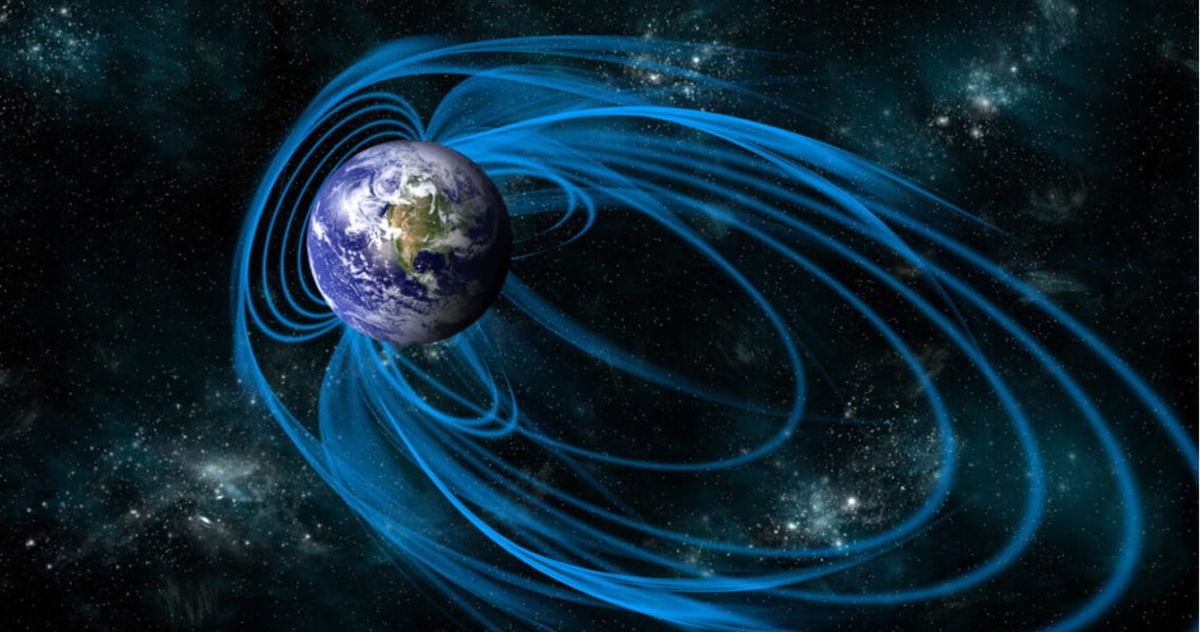We often overlook the significance of essential elements in our daily lives. Take, for instance, the Earth’s magnetic field. When was the last time you pondered its impact beyond guiding compass needles and aiding migrating birds?
Every second, Earth’s magnetic field shields us from approximately 1.5 million tons of solar wind hurtling towards us. This protection is crucial as it prevents the atmosphere from enduring continuous erosion. Without this shield, the solar particles would strip away everything safeguarding our planet, making life as we know it unsustainable. Moreover, our modern technological advancements would be at risk without this magnetic defense, which safeguards our electronic devices from the solar onslaught.
Similar to other celestial bodies like Mercury, Jupiter, Saturn, and Neptune, Earth boasts a robust magnetic field primarily generated within its core. This magnetic field, essential for our survival, is believed to be powered by the planet’s internal dynamo effect. This process involves the stirring of the surrounding liquid iron, creating potent electrical currents that give rise to the protective magnetic shield extending into space, known as the magnetosphere.
Delving deeper into its workings, if we ascend approximately 80 kilometers (50 miles) above the Earth’s surface, we encounter ionized gas. These charged particles interact uniquely with the magnetic field lines, akin to lanes on a highway, influenced by Earth’s magnetic forces.
The Sun, akin to other stars, emits charged particles and electromagnetic energy, collectively termed stellar wind or solar wind. Understanding the interplay between this solar wind and Earth’s magnetosphere forms the crux of space weather dynamics.
Visualizing Earth’s magnetic field reveals a dipolar structure, where magnetic field lines flow from one hemisphere to the other. Interestingly, the magnetic north pole points south, and vice versa, to avoid confusion with geographic poles. This field, inclined at 11.5 degrees to the planet’s axis, significantly impacts the planet’s magnetic orientation.
The magnetic field’s intensity varies across the globe, being twice as strong at the poles compared to the equator. This intricate field comprises components like the Van Allen radiation belts, ring current, magnetic tail, and magnetopause, contributing to its complexity and variability.
Noteworthy structures within this magnetic field include the Van Allen belts, housing particles moving at near-light speeds, and the ring current, generating an opposing magnetic field affecting the surface intensity. Understanding these dynamics is crucial for comprehending space weather phenomena and their implications.
In essence, the interaction between the Earth’s magnetic field and the solar wind mirrors a river flowing past a massive stone, creating a magnetic tail akin to a bow shock. These interactions, along with phenomena like magnetic storms, are pivotal aspects that warrant further exploration and discussion.
